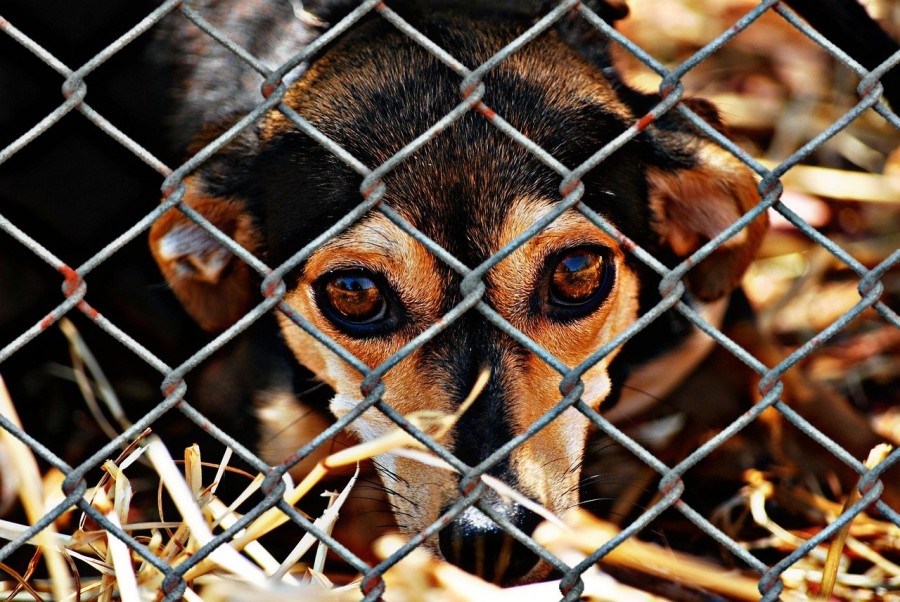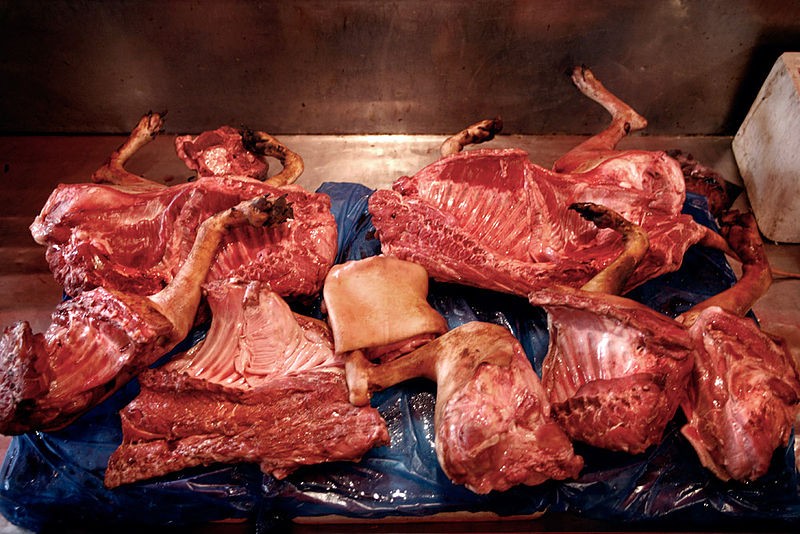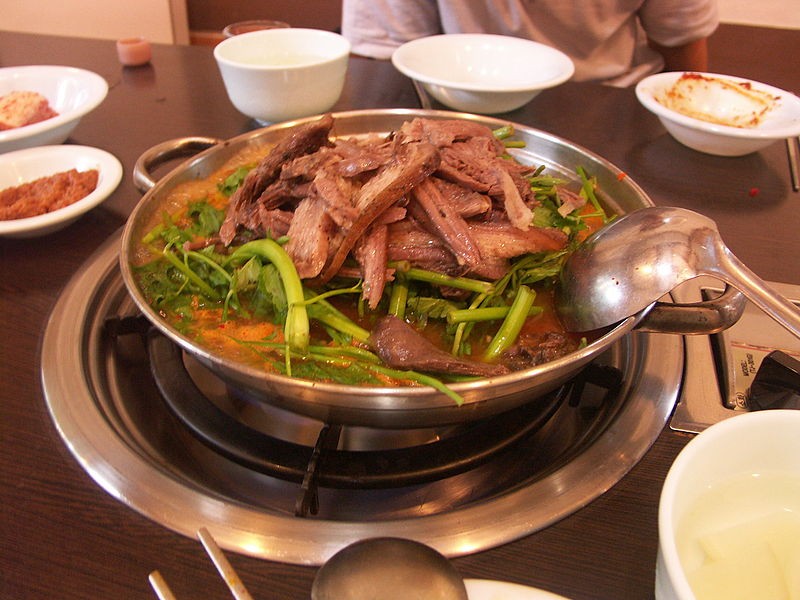South Korea will stop eating dog meat! This practice is certainly not well regarded in many places outside of Asia due to the fact that dogs are considered "man's best friend". Recently, this issue has come back to the attention of several media because the president of South Korea, Moon Jae-in, considered the possibility of banning the consumption of dog meat.
Dog meat has been consumed for a long time, but in isolated cases, so it is not part of the South Korean diet. At least up to a million of these animals would be consumed each year in this country. But as South Koreans began to consider dogs more as pets than a source of food, consumption began to fall and so did the existence of activists in defense of the animals.
The consumption of dog meat is not as large as we might think, but the small percentage (only 3.9 %) that still exists is thought to be causing a stir. And the younger ones completely condemn this practice, which in reality still exists due to the social inequality.

Índice de Conteúdo
Start of practice
It is not known the exact moment when dog meat became common for South Koreans, but it is believed that it became more consumed from the Goryeo Dynasty (918 - 1392), through Khitan refugees. In Joseon society there were a nomadic people called the Baekjeong, they were lower class, first class butchers.
The first to consume dog meat were the descendants of these classes. They were poor, elderly and generally rural. The Joseon Period government gave the Baekjeong the mission to solve the problem with wild animals, thus making them a item food for the poorest. But in that same period there were already people against this type of consumption.
A book written by the Korean scholar Hong Seok-mo in the year of 1849 contains a recipe for a type of soup that has as its main ingredient cooked dog meat (Bosintang) seasoned with green onions and powdered red pepper. It is said that this dish serves to increase virility.
dogs used
The dogs that are commonly used for meat consumption are the Nureongi (누렁이), a yellowish mixed breed dog that breeds like Labradors, Retrievers and Cocker Spaniels. This information is from The Korea Observer. Slaughtered dogs are ex-pets or are bred for that purpose.
The forms of slaughter are by means of electrocution, hanged or beaten on the head before bleeding. It is important to note that practices like this are increasingly rare due to animal protection laws. In the year 2015, it was reported that when retrievers are sold as meat dogs, they cost over 200,000 Korean won.

Types of dog meat dishes
Bosintang (보신탕; 補身湯) – stew with cooked dog meat and vegetables.
Gaegogi Jeongol (개고기 전골) – dog stew in the big Jeongol pot.
Gae Suyuk (개 수육; 개水肉) - boiled dog meat
Gaegogi Muchim (개고기 무침) – Steamed dog meat with Korean leeks, vegetables and spices.
Gaesoju (개소주; 개 燒酒) – Chinese medicine drink with dog meat, ginger, chestnut and jujube.

The article is still halfway through, but we recommend also reading:
Prohibition laws
In May 1991, South Korea adopted the first Animal Protection Act. Article 7 does not explicitly prohibit the consumption of dog meat, but rather the brutal killing of animals. It also prohibits killing animals in open areas.
So there are no laws regarding the humane slaughter of these animals. But the way in which these animals are slaughtered is still under review by law. In 2008, the government of Seoul requested that the dogs be slaughtered by law regulation, but they were attacked by activist groups.
10 years later the municipal court of the city of Bucheon ruled that killing dogs for their meat was illegal. In 2021, the president of South Korea, Moon Jae-in, says he wants to end the consumption of dog meat once and for all.

Dog meat consumption today
The amount of people who still consume dog meat in South Korea corresponds to 3.9 % of the population, according to a 2018 survey. This low percentage believes in the use of dog meat for medicinal benefits, to improve health and virility.
However, the beginning of this consumption was marked by the issue of social inequality, because dog meat was more affordable than pork or chicken, for example. So much so that these dishes were not easily found in well-known restaurants.
In 2019, a dog meat market in Gupo, South Korea, had its gates closed and a park built in its place. The market was considered one of the largest of its kind in the country. In that same year, at least 100 restaurants served this type of dish, but it started to decline.

After months of negotiation, Korean authorities reached an agreement with the 19 dog meat sellers operating in the area. The Gupo market was known for keeping live animals in cages for slaughter and serving fresh dog meat. In 2021 the last market in this business closed. Slaughterhouses were also closed.
Currently many South Koreans have dogs as pets and many are against this type of consumption. It is even common to protest in defense of dogs and the definitive abolition of dog meat.
There is still prejudice against South Koreans because of dog meat, but what is not known is that this practice belongs to an older minority and that South Korea is not the only country that consumes it, other countries eat it. dog meat like China, Vietnam and Nigeria.






